"If you are a feminist, why do you love burlesque so much?"
I have been asked this question ever since I first showed my interest in burlesque four years ago. The most common reasons for arguing that burlesque is most certainly not feminist are the following:
1. "Barely-clothed women are laying themselves bare to the objectifying male gaze!"
2. "It's a glamorisation of prostitution and selling sex for money!"
3. "If a woman shaking her nipple tassels to and fro is empowering then I'm a unicorn!"
These reasons tend to come from people who, I absolutely guarantee you, have not seen a true burlesque performance.
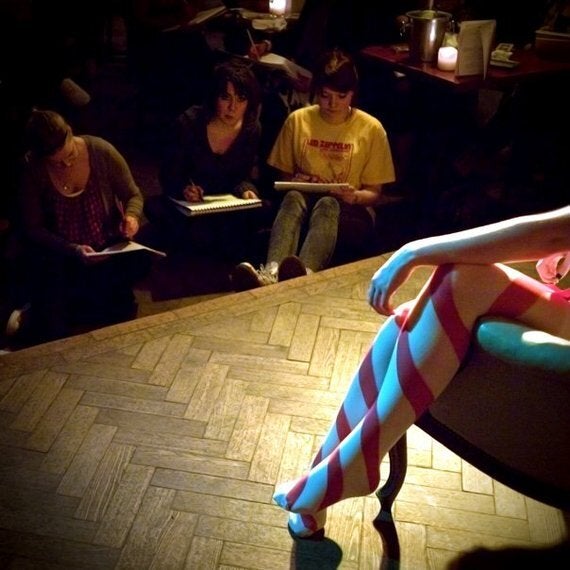
Credit: Paul Monckton
The word 'burlesque' derives from the Italian 'burlesco' which is derived from the Italian 'burla'. The term 'burla' means a joke, a prank, to ridicule, to mock. That's it. That's exactly what burlesque means in its traditional sense. It sends something up. It's comedy. It's satire.
When burlesque erupted onto the English stage in the late 1800s, its primary function was to mock the art forms of the upper-class: going to the opera, play or ballet. It basically took the p*ss out of what it means to be a 'toff' and attracted a very working-class, 'normal folk' audience as a result.
Today, old burlesque lends itself to new performances and audiences now have to understand what the artists are saying about femininity. Where artists once joked about what it means to be a 'toff', they are now having a joke about what it means to be a woman.
Sexy? Of course! But the sexiness is powerful because it is the artis t- not the audience - who assumes control over the artist's body and identity.
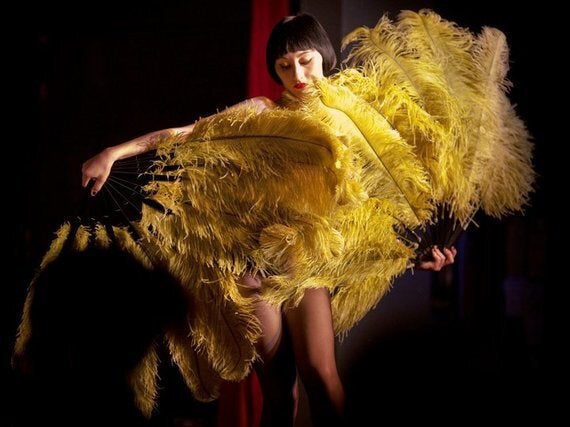
Credit: Paul Monckton
House of Burlesque director and producer Tempest Rose implies control in a performance determines whether a burlesque act can be feminist.
"I've seen some performances under the umbrella of burlesque that I have found deeply anti-feminist. Broadly things like replicating choreography that we're told by society is sexy and comes from a very male gazed view of sexuality.
So when I find girls doing moves straight out the strip club - grinding around, being really suggestive with the men in the audience in a way that is over titillating. I don't find that burlesque."
Burlesque performances are not geared towards a man's titillation or arousal. They are not geared towards what the man thinks of the performer. Don't forget men perform as burlesque artists too, and just like a female burlesque artist, they have to take control of their audience and grip each member with their own individual message.
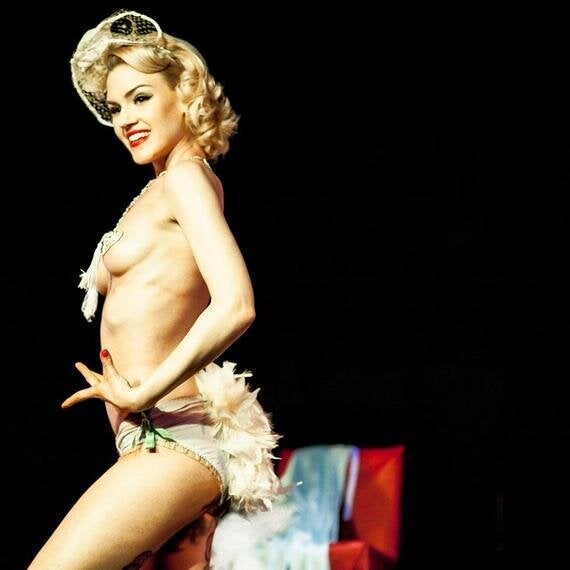
Credit: Paul Monckton
Even more kudos to them if they can make the audience laugh. Kiki Kaboom achieves this in 'Chav', where she plays a boisterous Vicky Pollard type, pulling her clothes off in an aggressive kind of way and giving a reproachful glare back at the audience when she gets a wolf-whistle. Her reveal is brilliantly paired with two fingers up at her spectators.
Alongside their message, burlesque artists have to have a strong stage presence and, to put it simply, perform. Tempest told me how worried she becomes when she receives emails from teenage girls wanting to try out burlesque.
"I say to them that if this is something you want to do - go to acting classes, build up your performance skills, come back to me when you're a little bit older. It's not about you going through a journey on stage with your own sexual awakening.
It's about you portraying to the audience, having a chat with them - 'what is this thing we call sexiness? What is this thing that we call a woman'?"
70% of a typical audience at a burlesque show will be women. Given that dynamic, can you really say that burlesque is performed for the male gaze? It's a profession produced by women for women and celebrates diversity in body shape, age and sexuality.
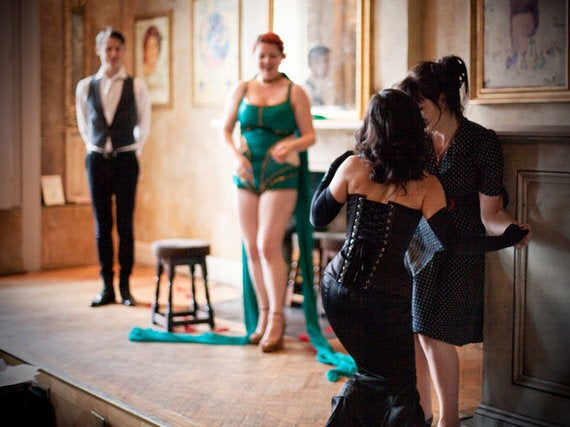
Credit: Paul Monckton
Ah, but what about skin colour? Dita von Teese, a burlesque icon, is also a very white, westernised ideal: porcelain skin, black glossy hair, scarlet red lips. What's really interesting is that when burlesque went over to America in the late 1840s, it was heavily influenced by dances from the Middle-East, Latin America and Africa. Now it has been repackaged as a westernised performance which is not historically true. I asked a Nigerian friend of mine about burlesque and she said: "With burlesque, my parents would say: 'Why would you want to naked yourself'?"
Cultural stigmas play a huge part in a lack of exposure to and understanding of burlesque. I can see why an African-American woman, in particular, would want to steer clear of an industry which, from the outside, looks like it's strengthening what her culture is still fighting against: hyper-sexualisation of its women. Yet burlesque challenges these kind of taboos surrounding female nakedness and nudity. It questions what it means to be a woman. In this sense, there is a huge space in burlesque for ethnic women to occupy: what does it mean to perform as an African, Asian, or Middle-Eastern woman? Why is African burlesque artist Chocolat the Extraordinaire still asked if she can perform Josephine Baker acts or something a bit 'voodoo-ish'? Why are only pale Asian women given the lead roles in Bollywood films? Why are Middle-Eastern women still seen as submissive and erotic in belly-dancing, shaking their hips to 'seduce the Saltan'?
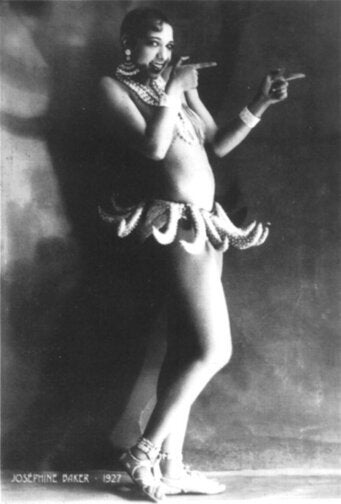
Josephine Baker in her infamous banana skirt. Credit: Flickr
There is a huge difference between women performing for themselves and women performing in a way which is deemed acceptably 'sexy' by society. Above all, it's about the artist finding their own individuality. One of the best things you can do with a burlesque performance is own it. It is your performance. Your character. Your voice. Giving a burlesque artist the platform to speak out about the role of a woman, challenge the taboos surrounding the female body and question equality between men and women is one of the most feminist things you can do. Not every woman in this world has that opportunity. Burlesque artists grab onto this chance with both hands. The only thing left for you to do is listen to what they are trying to tell you - or join in of course!
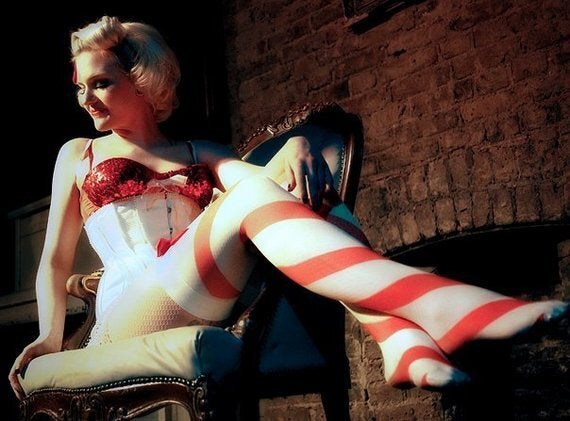
Credit: Paul Monckton